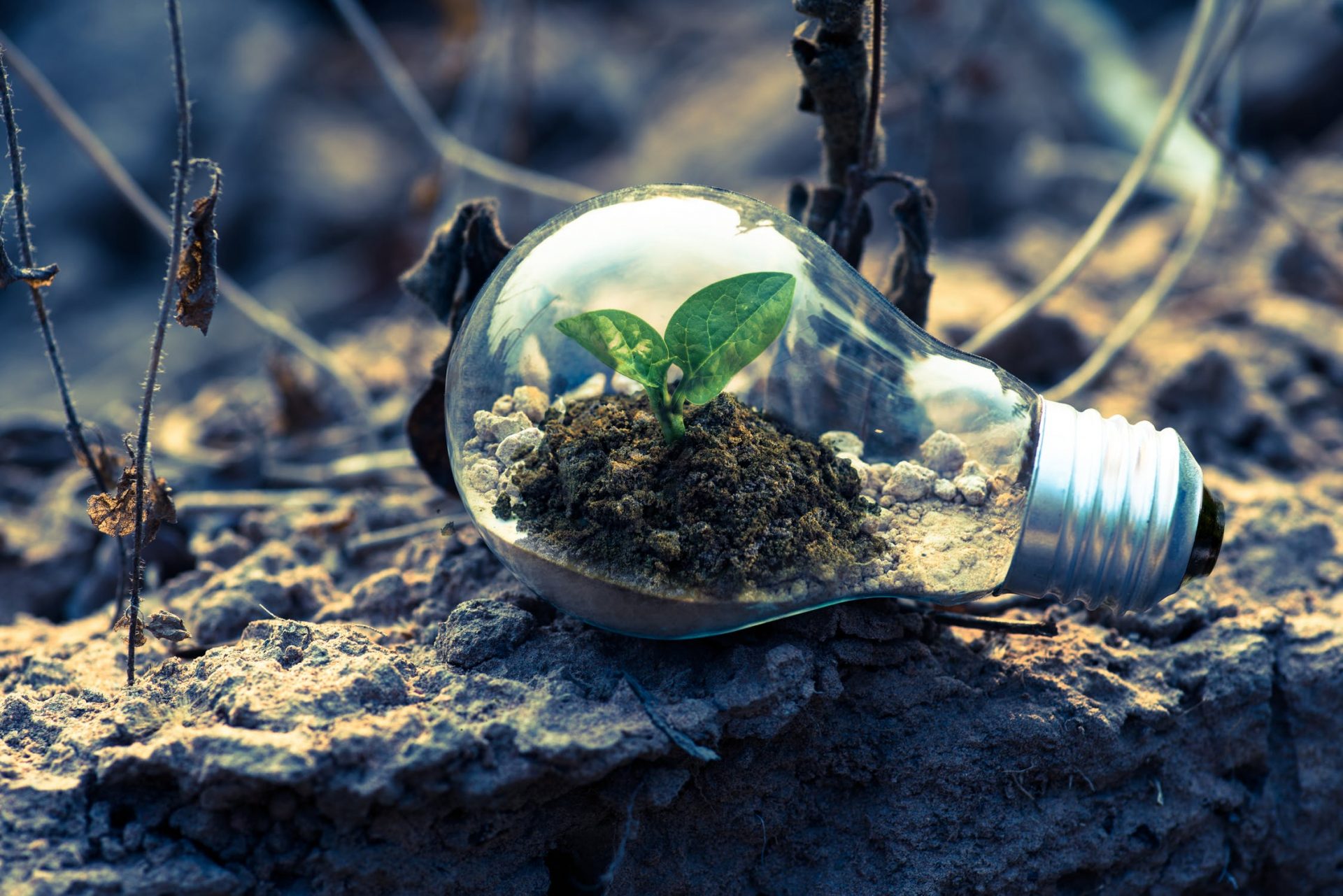
Circular economy has a long history. It cannot be traced back to a single author or date and is inspired by several schools of thought. In the 1960s, Kenneth Boulding, a British economist, described the Earth as a “closed spaceship” in Economics of the Coming Spaceship Earth. He argued that the Earth is a closed sphere, like a spaceship, without unlimited resources and infinite capacity to endure pollution and resource extraction, so humans must find ways to recycle resources, adapting to the Earth’s ecological cycles. Later in the 1970s, the Club of Rome came up with the “Limits to Growth” concept, according to which humanity can only sustain its survival by restraining production and consumption. In addition to the aforementioned, other theories have also influenced the development of circular economy since the sixties, including Cradle-to-Cradle, Biomimicry, Industrial Ecology, Performance-based Economy, and Blue economy.

Since the 1990s, economic development has increasingly depended on resource extraction and caused environmental pollution to rise. Consequently, people look to circular economy mainly for (1) establishing policy instruments and action plans, (2) managing value chains and logistics of certain products, and (3) bringing about social, organizational, and technological innovation.

Is circular economy a brand-new concept? How does it relate to sustainable development and green economy?
In 1987, the United Nations formally defined sustainable development as a development model that harmonizes three core elements: economic growth, social inclusion, and environmental protection. The United Nations Environment Programme defines green economy as an economic model that “results in improved human well-being and social equity, while significantly reducing environmental risks and ecological scarcities.” It strives to create “low carbon, resource efficient and socially inclusive” economies.
